Is COPD Stem Cell Therapy in Thailand Safe? A Guide
.png)
Living with Chronic Obstructive Pulmonary Disease (COPD) can feel like a constant battle for every breath. This progressive lung disease, which includes chronic bronchitis and emphysema, can significantly impact one's quality of life, making even simple activities a challenge. While traditional treatments like inhalers, oxygen therapy, and steroids can help manage symptoms, they cannot reverse the underlying lung damage. This reality has led many patients and their families to look for new hope on the horizon of medical science. One of the most promising of these new frontiers is stem cell therapy, and Thailand has emerged as a key destination for patients seeking this innovative treatment.
The question "Can COPD be treated with stem cells in Thailand?" is one that many are asking, and the answer is a hopeful yes. Thailand has positioned itself as a hub for medical tourism, combining advanced medical technology with renowned hospitality. Several leading-edge clinics and internationally accredited hospitals now offer regenerative medicine programs specifically for chronic lung diseases. This treatment is not a cure, but it represents a significant step forward, aiming to heal damaged tissue and improve lung capacity in ways that conventional therapies cannot. By using the body's own natural healing mechanisms, stem cell therapy for COPD offers a new possibility for breathing easier and reclaiming a more active life. This guide will explore everything you need to know about this treatment in Thailand, from the science behind it to the costs, risks, and what you can expect on your journey.
How Does Stem Cell Therapy Work for COPD?
The core of the problem in COPD is chronic inflammation that leads to the destruction of the tiny air sacs (alveoli) in the lungs. Traditional medications can reduce this inflammation temporarily, but they don't repair the damage that has already been done. This is where stem cell therapy comes in. The treatment most commonly uses mesenchymal stem cells (MSCs), which are known as the body's master repair cells. These cells have a unique intelligence; they can identify areas of inflammation and damage within the body.
Once administered, typically through an IV infusion, the MSCs travel through the bloodstream to the lungs. There, they perform several critical functions:
- Powerful Anti-Inflammatory Action: MSCs release potent anti-inflammatory agents that can calm the chronic inflammation driving COPD, more effectively than many traditional drugs.
- Tissue Regeneration: They can secrete growth factors that encourage the surrounding healthy lung cells to replicate and repair the damaged areas. While they may not rebuild the entire lung, they can help improve its functional capacity.
- Immunomodulation: MSCs help to regulate the immune system, preventing it from attacking the lung tissue, which is a key part of the disease process.
In essence, the therapy aims to change the environment within the lungs from one of constant destruction to one of healing and regeneration, leading to improved breathing and overall function.
Is Stem Cell Therapy for COPD Safe in Thailand?
Safety is the number one concern for any medical tourist, and rightfully so. The leading medical centers in Thailand that offer regenerative medicine adhere to strict international safety protocols. The use of autologous stem cells is a key factor in the safety of the procedure. Because the cells are harvested from your own body, there is no risk of an allergic reaction or rejection by your immune system.
The process of harvesting and processing the cells is done in a sterile, state-of-the-art laboratory environment. The clinics with the best reputations will have certifications from international bodies like the Joint Commission International (JCI), which is the gold standard for healthcare quality and patient safety worldwide. While no medical procedure is entirely without risk, the side effects associated with IV administration of autologous stem cells are typically minimal and may include temporary fatigue or a mild, low-grade fever. It is crucial, however, to choose your clinic wisely and ensure they have a proven track record and the right accreditations.
What is the Process for Getting Stem Cell Treatment in Thailand?
The journey for a medical tourist seeking stem cell therapy for COPD in Thailand is designed to be efficient and comfortable. Here is a typical step-by-step breakdown:
- Initial Consultation: You will start with a remote consultation, sending your medical records, including your COPD diagnosis, pulmonary function tests, and other relevant health information to the clinic. The medical team will review your case to determine if you are a good candidate.
- Treatment Plan & Arrival: If you are approved, the clinic will provide a detailed treatment plan and help you with logistical arrangements for your trip.
- On-Site Evaluation: Upon arrival, you will undergo a comprehensive health assessment and blood work to ensure you are fit for the procedure.
- Stem Cell Harvesting: The most common method is a mini-liposuction procedure to collect adipose (fat) tissue, usually from the abdomen. This is a simple, minimally invasive procedure done under local anesthesia.
- Lab Processing: The harvested tissue is taken to a sophisticated on-site laboratory where the mesenchymal stem cells are isolated, purified, and concentrated over several hours.
- Stem Cell Administration: The final stem cell product is administered back into your body. The most common method is a simple intravenous (IV) drip, which allows the cells to travel directly to the lungs.
- Recovery and Departure: After a short observation period, you are typically free to return to your hotel. Most treatment protocols require a stay of about a week for follow-up and monitoring before you are cleared to fly home.
How Much Does Stem Cell Therapy for COPD Cost in Thailand?
One of the primary reasons patients travel to Thailand for this treatment is the significant cost savings. The price difference is not due to a lower quality of care but rather to the lower overhead and operational costs in Thailand. The comprehensive price typically includes the entire procedure, from the initial consultation and lab work to the cell harvesting, processing, and administration, as well as any necessary follow-up appointments during your stay.
| Country/Region | Average Cost for COPD Stem Cell Program (USD) |
|---|---|
| Thailand | $15,000 - $25,000 |
| United States | $30,000 - $50,000+ |
| Europe | $25,000 - $40,000+ |
It's important to get a detailed quote from your chosen clinic that outlines exactly what is included in the price. While the cost is lower, patients receive care in modern, state-of-the-art facilities that rival the best hospitals anywhere in the world.
What are the Potential Benefits and Success Rates?
It is crucial to have realistic expectations. Stem cell therapy for COPD is not a miracle cure; it is a regenerative treatment aimed at improving function and quality of life. The "success" of the treatment is measured by tangible improvements in a patient's daily life. The benefits can vary from person to person depending on the severity of their COPD and their overall health.
Reported improvements often include:
- Improved Breathing: Less difficulty with breathing (dyspnea), both at rest and during activity.
- Increased Exercise Tolerance: The ability to walk further or perform daily tasks without becoming easily winded.
- Reduced Inflammation: Lower levels of inflammatory markers in the blood.
- Fewer Exacerbations: A reduction in the frequency and severity of COPD flare-ups that often lead to hospitalization.
The improvements are not always immediate and can develop over the course of 3 to 6 months as the stem cells continue to work within the lungs. Reputable clinics will be transparent about the potential outcomes and will not over-promise results.
Are There Risks or Reasons Not to Undergo This Treatment?
A responsible approach to medical tourism involves understanding the potential downsides. While using your own stem cells is very safe, the harvesting procedure (mini-liposuction) carries the standard risks of any minor surgery, such as a small chance of infection or bleeding at the site. The main considerations, however, are related to candidacy and efficacy.
You may not be a good candidate if you have:
- An active cancer diagnosis
- A current, active infection
- A history of blood clots or a severe clotting disorder
- Severe, uncontrolled heart disease or other unstable medical conditions
The most significant "risk" is that the treatment may not work as well as hoped for some individuals. The effectiveness of stem cell therapy can be influenced by many factors, including the patient's age, the severity of the disease, and lifestyle factors like smoking. It is an investment, and patients must weigh the potential for significant life improvement against the possibility of a modest or minimal response.
Ready to explore a new possibility for breathing easier?
The future of regenerative medicine is here. Contact PlacidWay to connect with leading, accredited medical centers in Thailand and find out if you are a candidate for stem cell therapy for COPD. Take the first step on your journey to a better quality of life today.


.png)
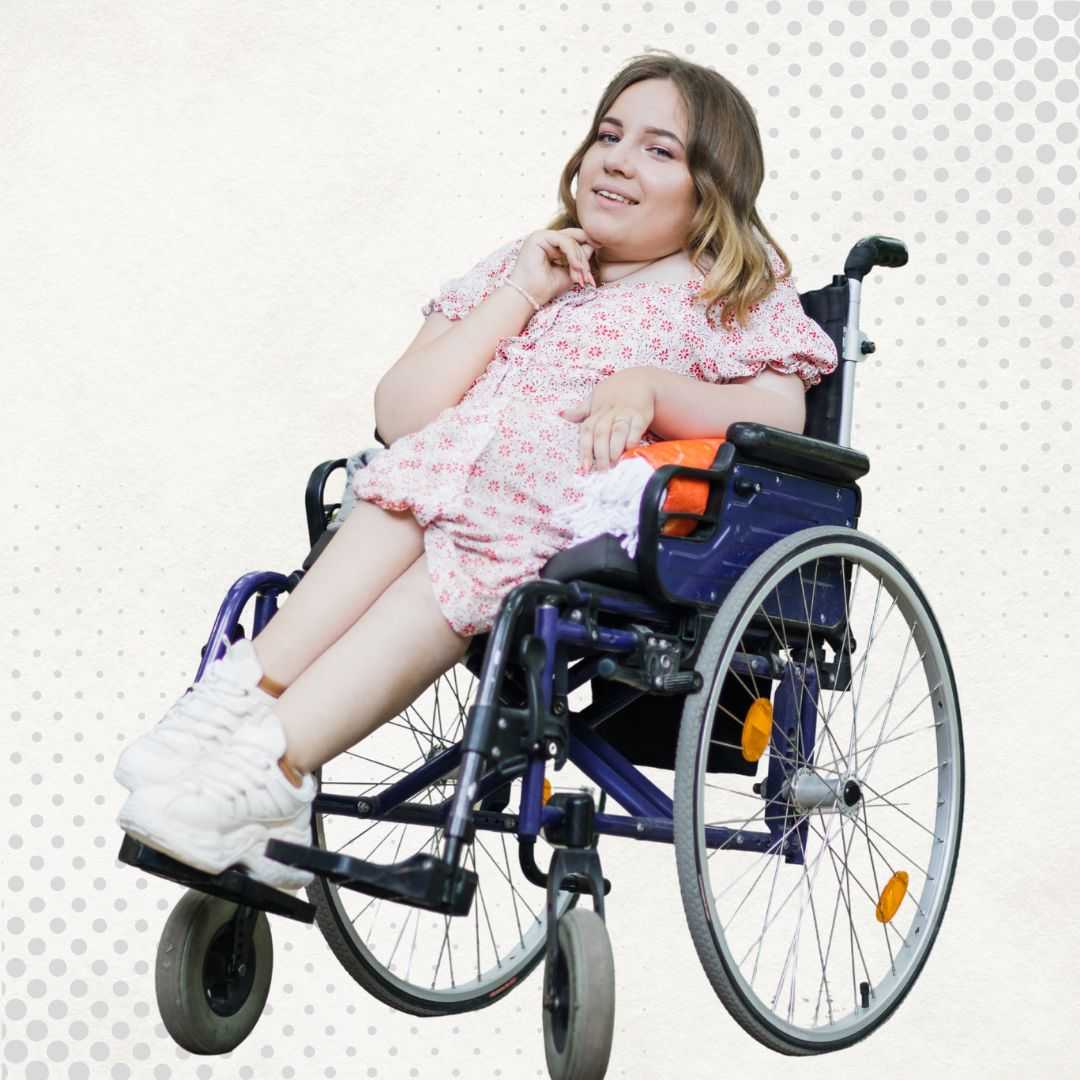


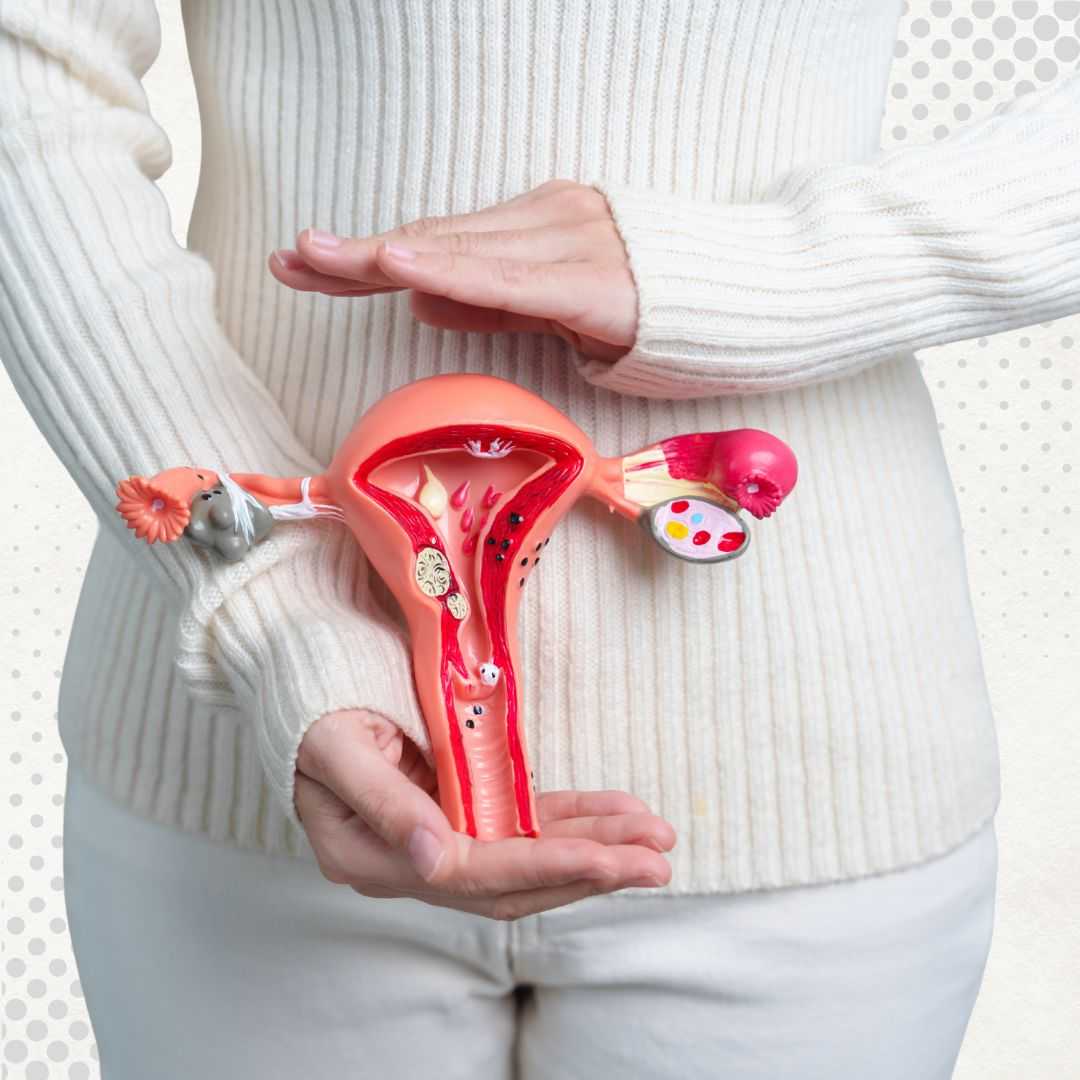
.jpg)
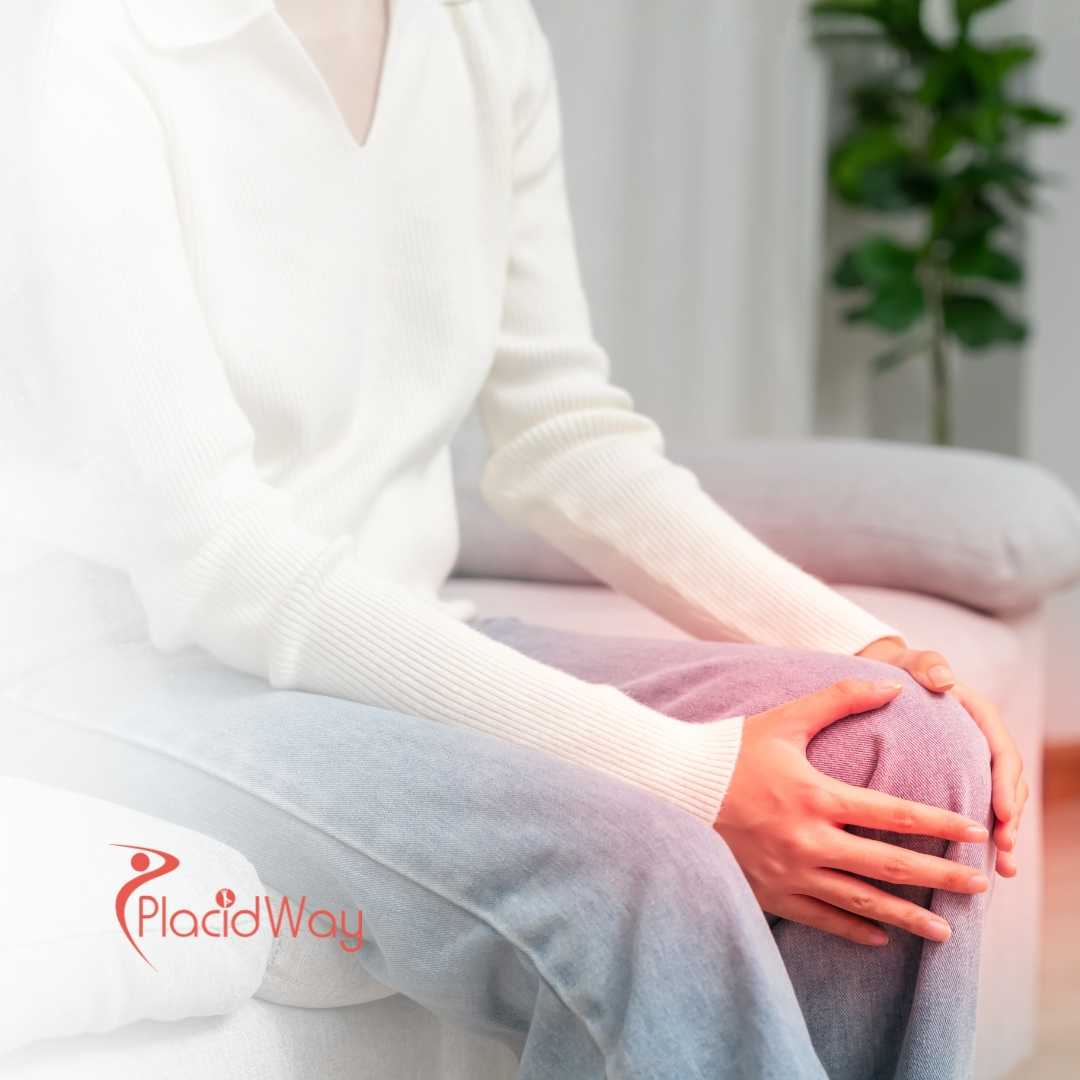

.png)
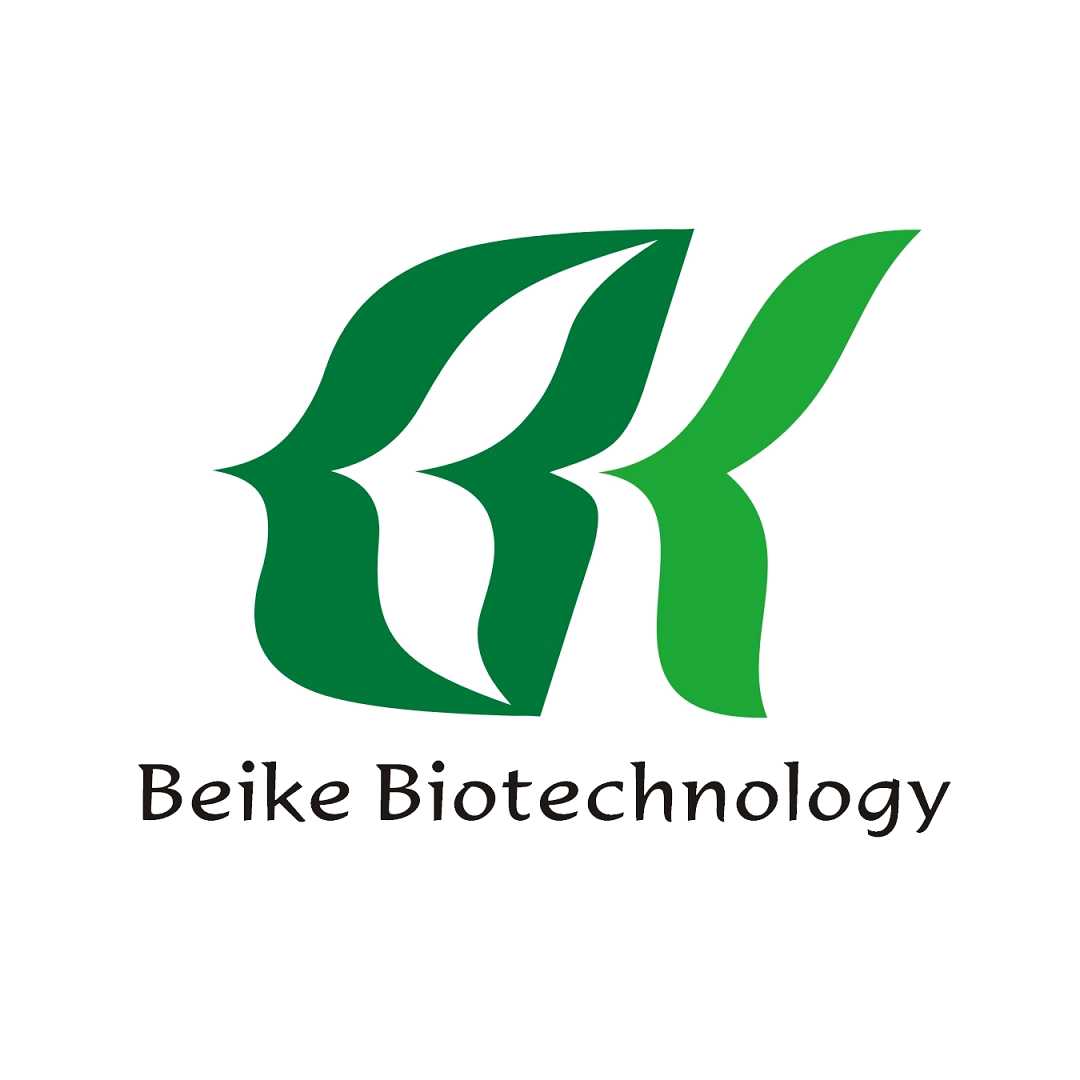

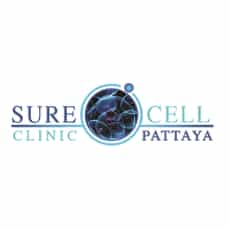

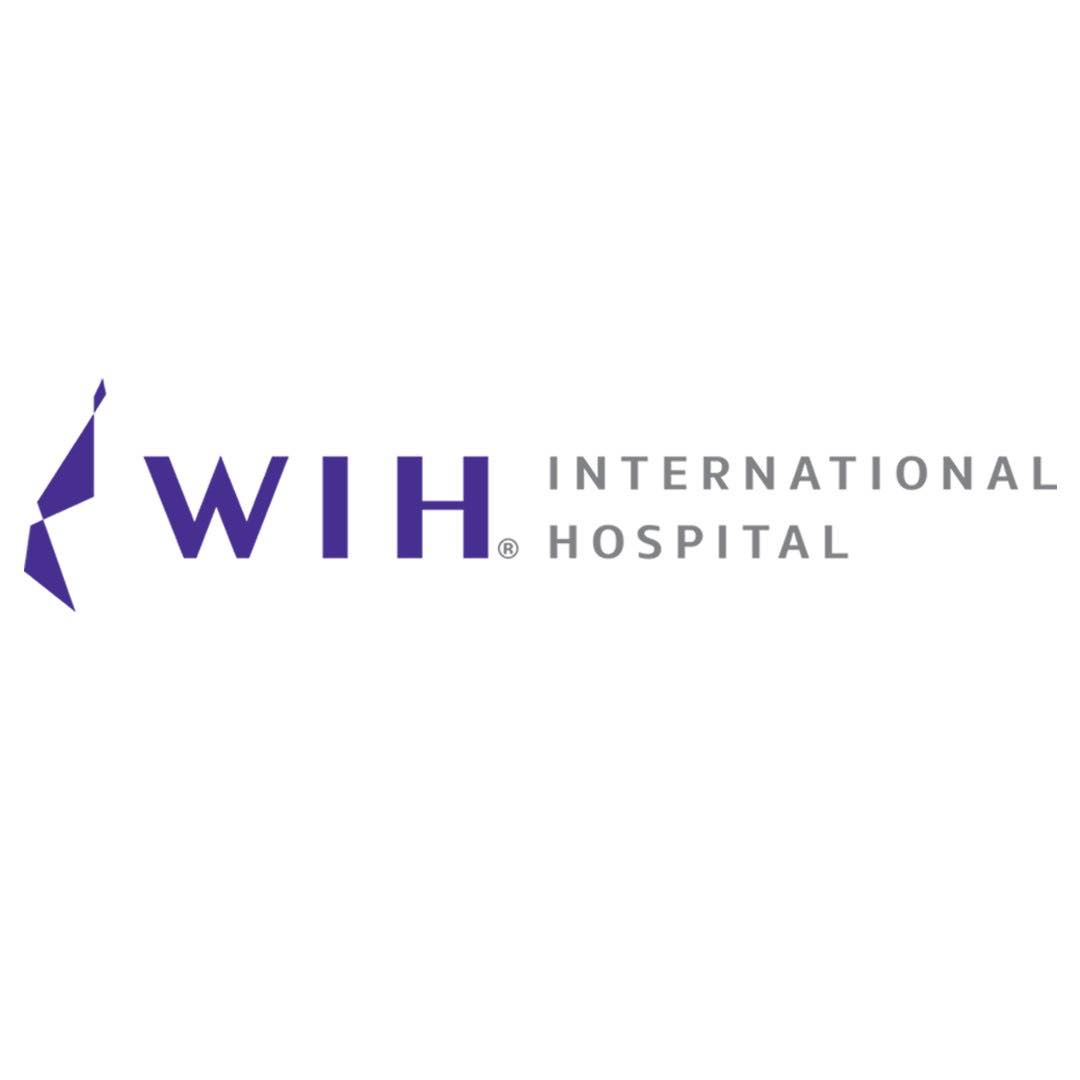

Share this listing